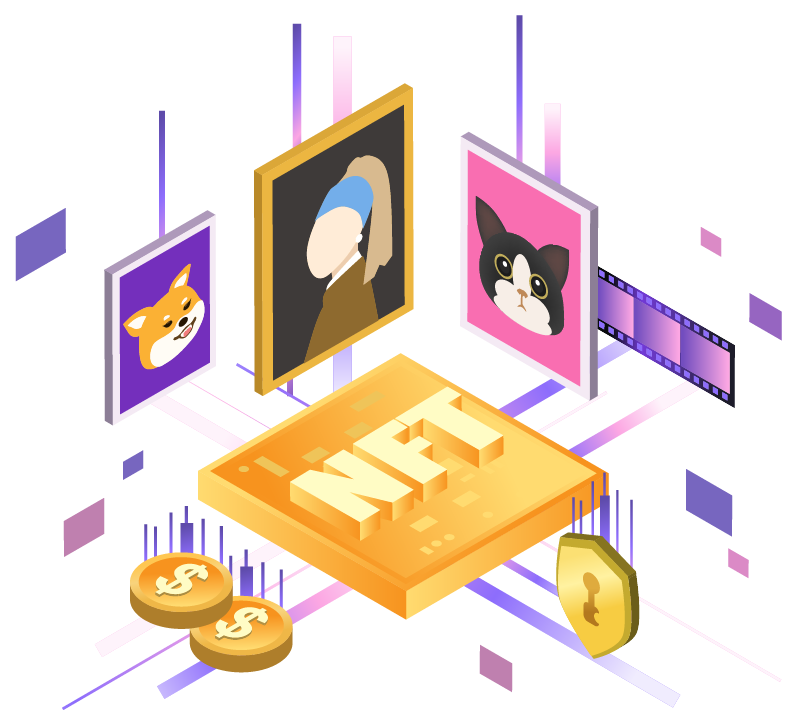Bearish
The belief that a project is going to lose value over time.
Bitcoin (uppercase)
Bitcoin is a peer-to-peer network that enables a new payment system and a decentralized digital currency based on participants consensus. The network consists of the identical copy of a digital file, listing accounts as a distributed ledger that is maintained on every computer on the network. Simply put, Bitcoin is a network of independent computers that create, communicate and validate transactions. Bitcoin was created in 2009 by an unknown inventor with the pseudonym Satoshi Nakomoto. The technology is outlined by the white paper titled “Bitcoin: A Peer-to-Peer Electronic Cash System”. (https://bitcoin.org/bitcoin.pdf)
bitcoin (lowercase) – BTC
“bitcoin” is written in the lower case when referring to a quantity of the currency or the units themselves. The plural form can be both bitcoin or bitcoins. BTC is also a common abbreviation for currency.
Block
A set of information (data) containing multiple transactions over a given period.
Blockchain
A kind of distributed digital ledger to which data is recorded sequentially and permanently in ’blocks’. Each new block is linked to its preceding block with a cryptographic link, forming a ‘chain’. This tamper-proof self-validation of the information permits transactions to be processed and recorded to the chain without having to rely on a third-party certification agent. The ledger is not hosted in one place or managed by a single entity but is shared and accessed by anyone with the appropriate permissions – hence ‘distributed’.
Blockchain ETF
Exchange-traded funds invest in a specific bundle of specific stocks. Therefore, a blockchain ETF invests in a specific bundle of exclusively blockchain-based companies.
Block Header
A block header is used to identify individual blocks in a blockchain. Each contains three sets of block metadata along with other individual components.
Block Height
Block height refers to the number of blocks that are connected in the blockchain. Height 0 is the very first block and is also called the Genesis Block. Currently, the Bitcoin blockchain counts more than 620,000 blocks with more than a decade of uninterrupted up-time since launch on 3rd January 2009.
Block Reward
The reward provided to a miner which has successfully hashed a block of transactions. Block rewards may be a combination of mining fees and transaction fees, depending on the incentive mechanism used, and whether all the coins have already been successfully mined. Currently, the mining reward for the Bitcoin network is 12,5 bitcoins for each block. The Bitcoin block mining reward halves every 210,000 blocks, and with the next halving expected in May 2020, the coin reward will decrease from 12.5 to 6.25 coins.
Blue Chip
High value NFT projects.
Bot
Automated software that performs specific actions like: purchasing NFTs, answering questions or sharing random memes.
BTD
Short for “Buy the Dip”. It means to purchase an asset after the price has dropped.
Bullish
The belief that a project is going to gain value over time.
Byzantine Generals Problem
The Byzantine Generals Problem is a term from the computer science describing a situation where involved parties must agree on a concerted strategy in order to avoid catastrophic failure of the system, but some of these actors are unreliable. In a Byzantine fault, a component such as a server can appear both failed and functioning to failure-detection systems at the same time, thus presenting different symptoms to different observers. It is difficult for the other components to declare it failed and shut it out of the network, because they need to first reach an agreement or a consensus as to which component has failed in the first place. Byzantine fault tolerance (BFT) is a measure of a system’s availability, reliability and security to such conditions.




